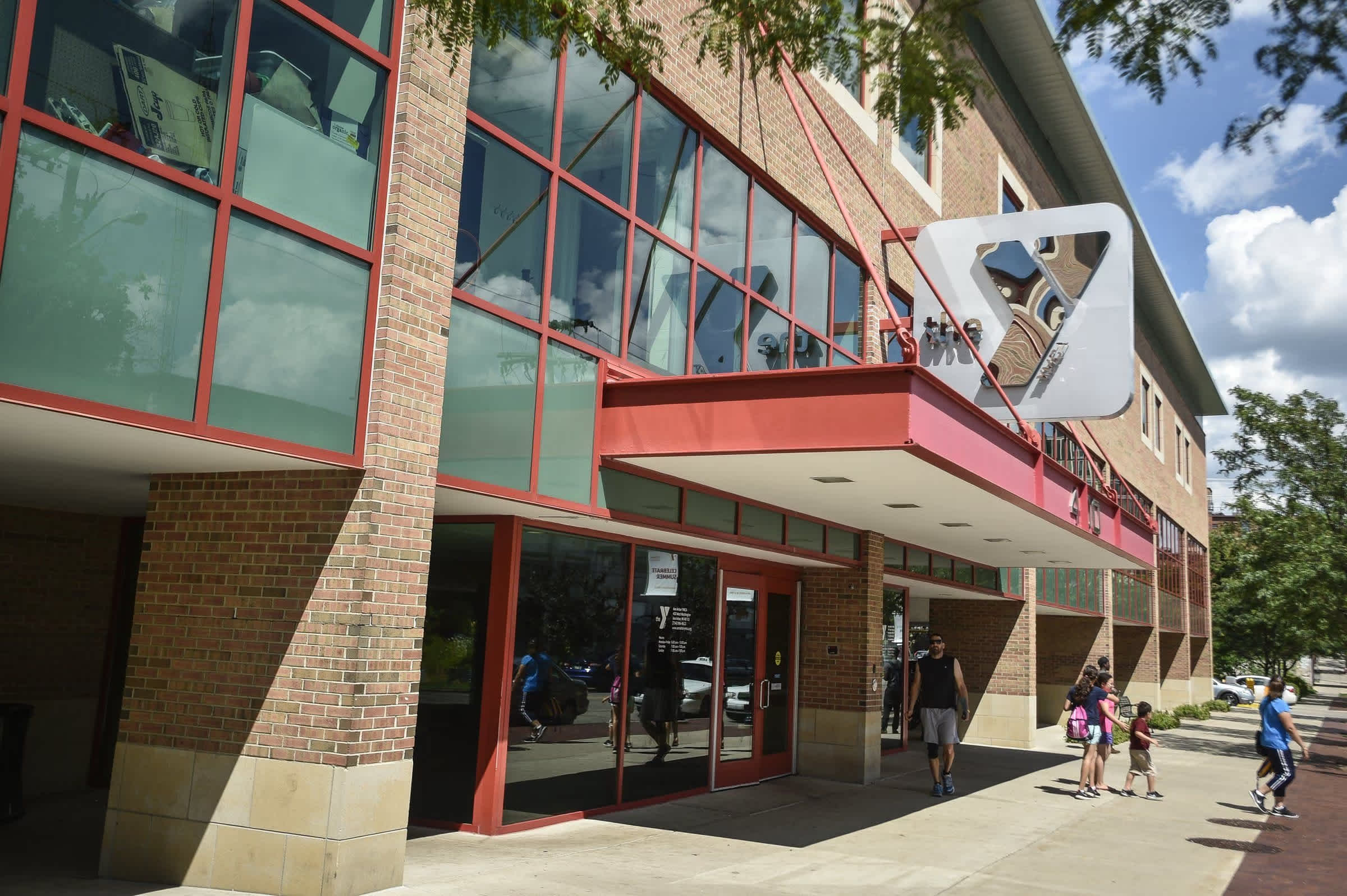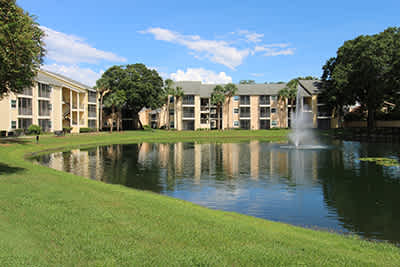Find your next apartment home in Ann Arbor, MI
McKinley Apartments
McKinley has been proudly serving residents and our communities since 1968. Since its founding, one of the cornerstones of how we do business is to take care of our residents and our team members. We are here to serve you, and help you find the perfect apartment home for you. We own and operate over 40 apartment communities in Southeast Michigan and Central Florida. No matter what you're looking for, we will have something that works for you.
Learn More
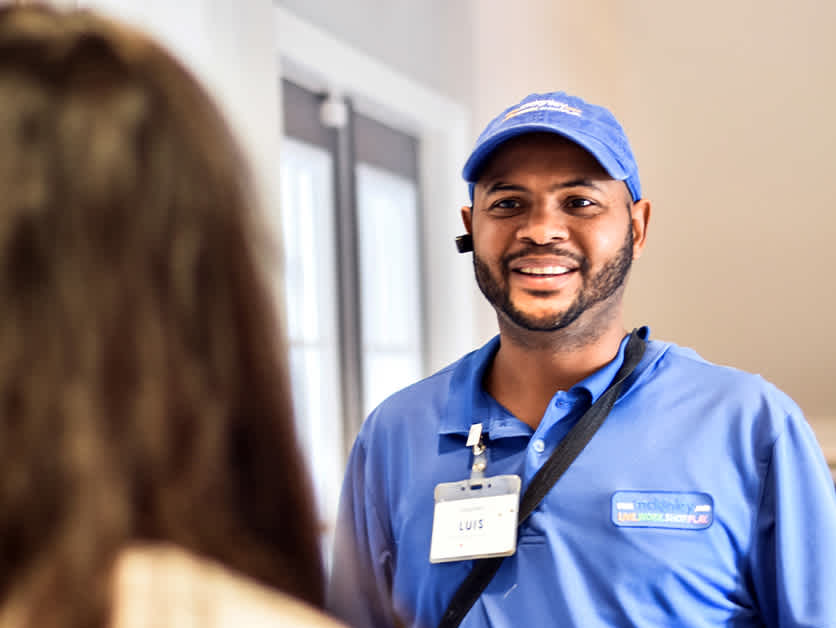

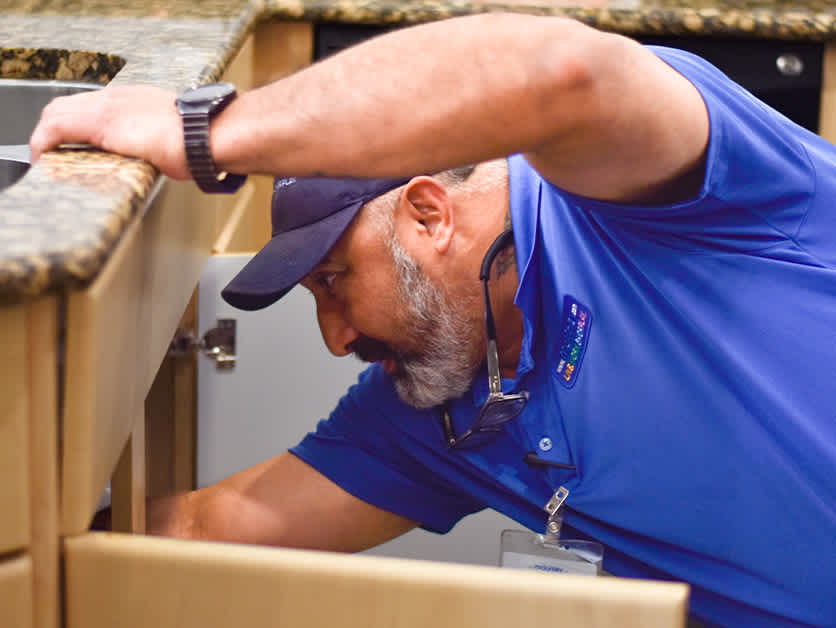

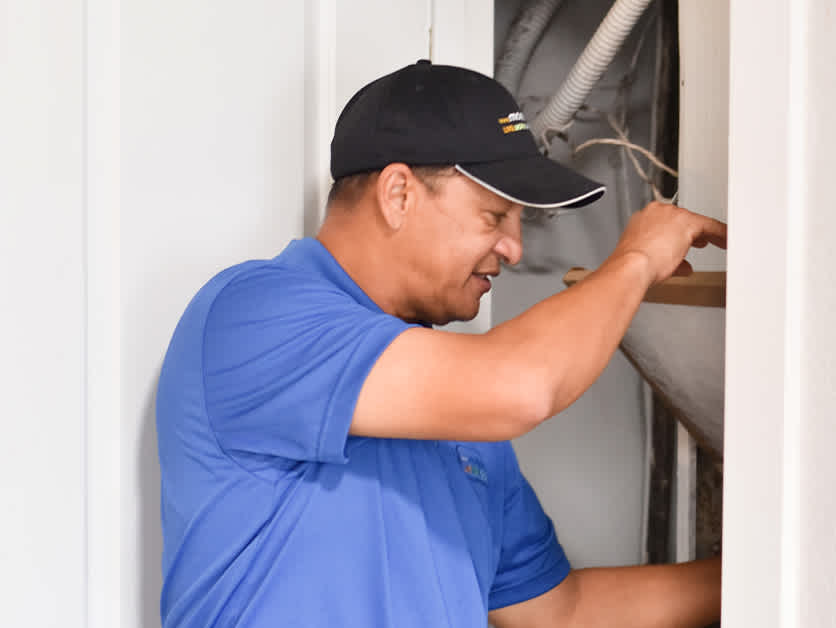
Benefits of Living at a McKinley Community
- Incredible customer service
- 24-hour emergency maintenance hotline
- Pet-friendly communities
- Beautiful landscaping and well-kept grounds
- Free parking for residents
- Fun resident activities
- Lots of community amenities for residents
- Competitive market rental rates
- Located on local bus routes
- Access to online resident portal to pay rent, make maintenance requests and receive community announcements

McKinley Represents
Representation matters, and McKinley's team members reflect the makeup of our diverse residents. All of our leasing staff speak English, and depending on the location, some staff also speaks Spanish, Portuguese, Creole, and French.

McKinley News

McKinley Expands it’s Workforce Housing Platform in Washtenaw County, Michigan
April 14, 2023


